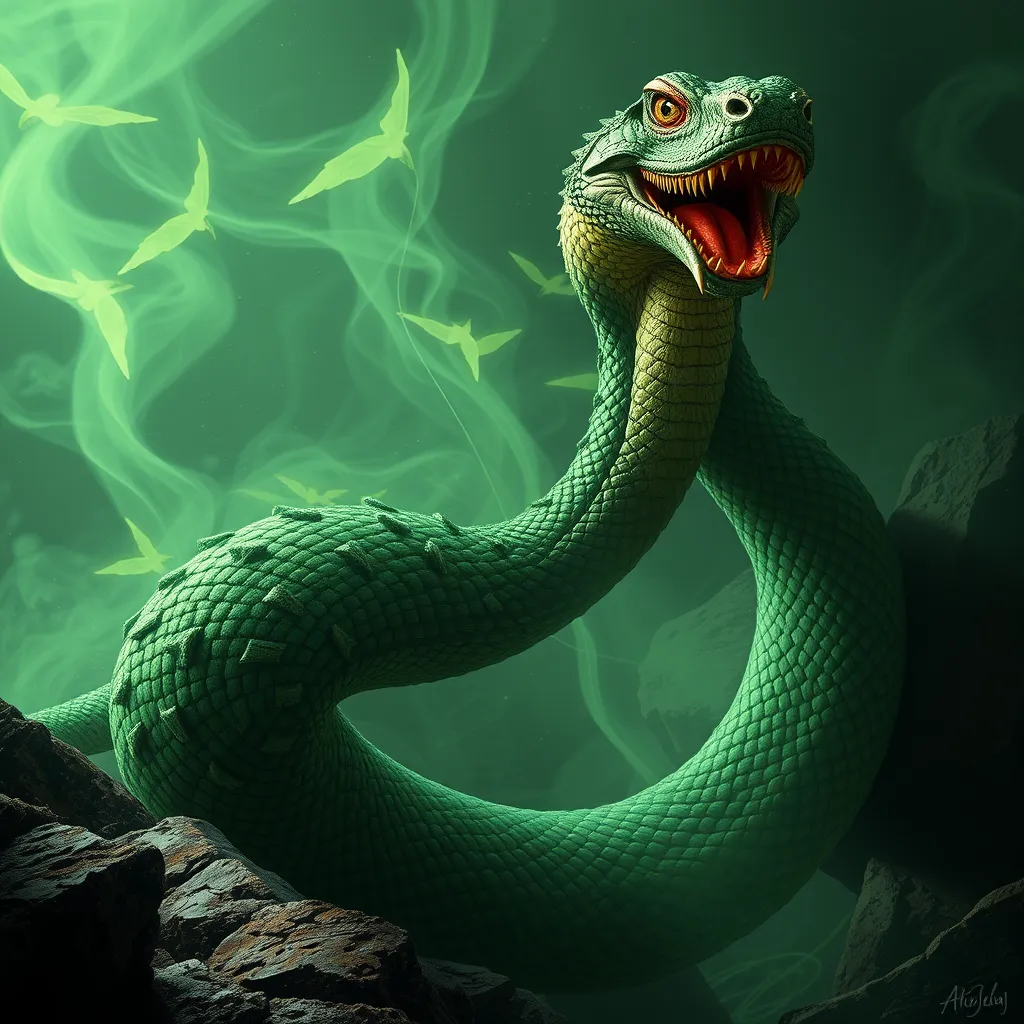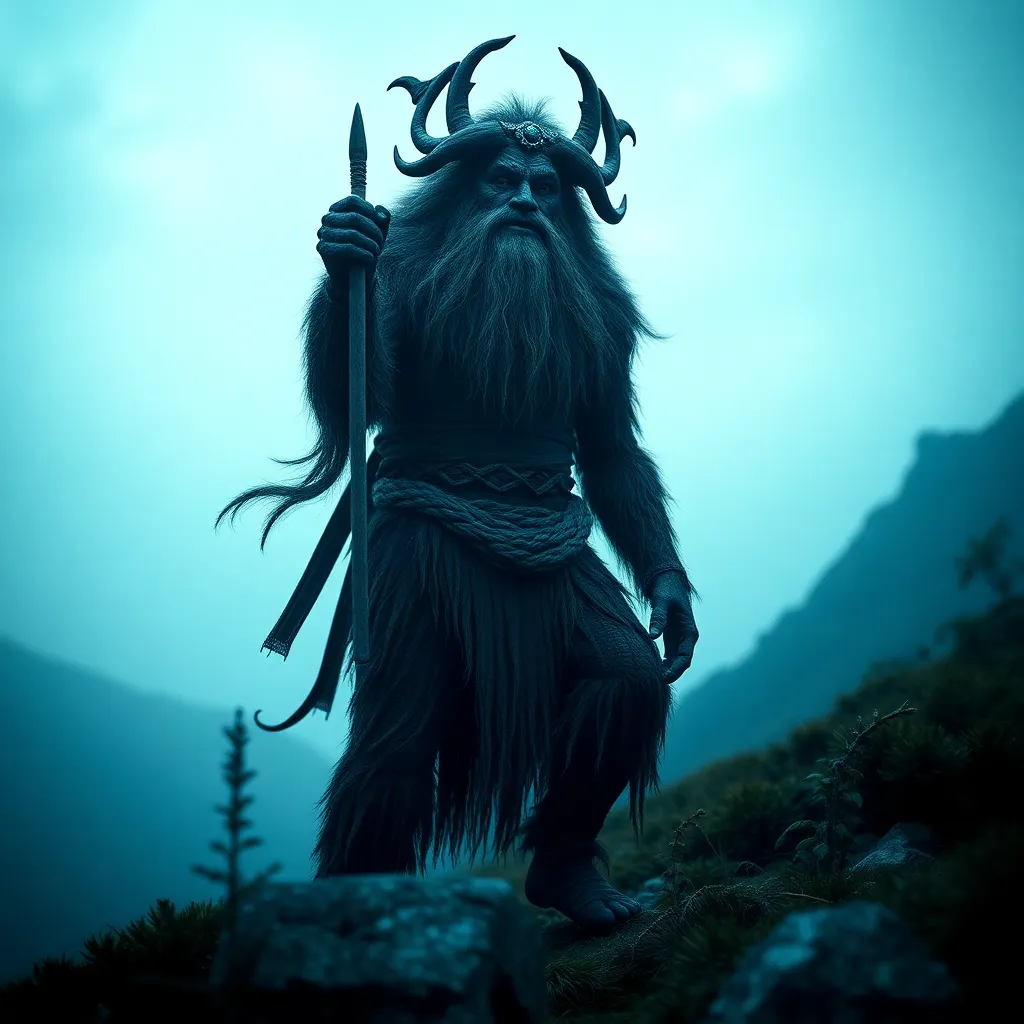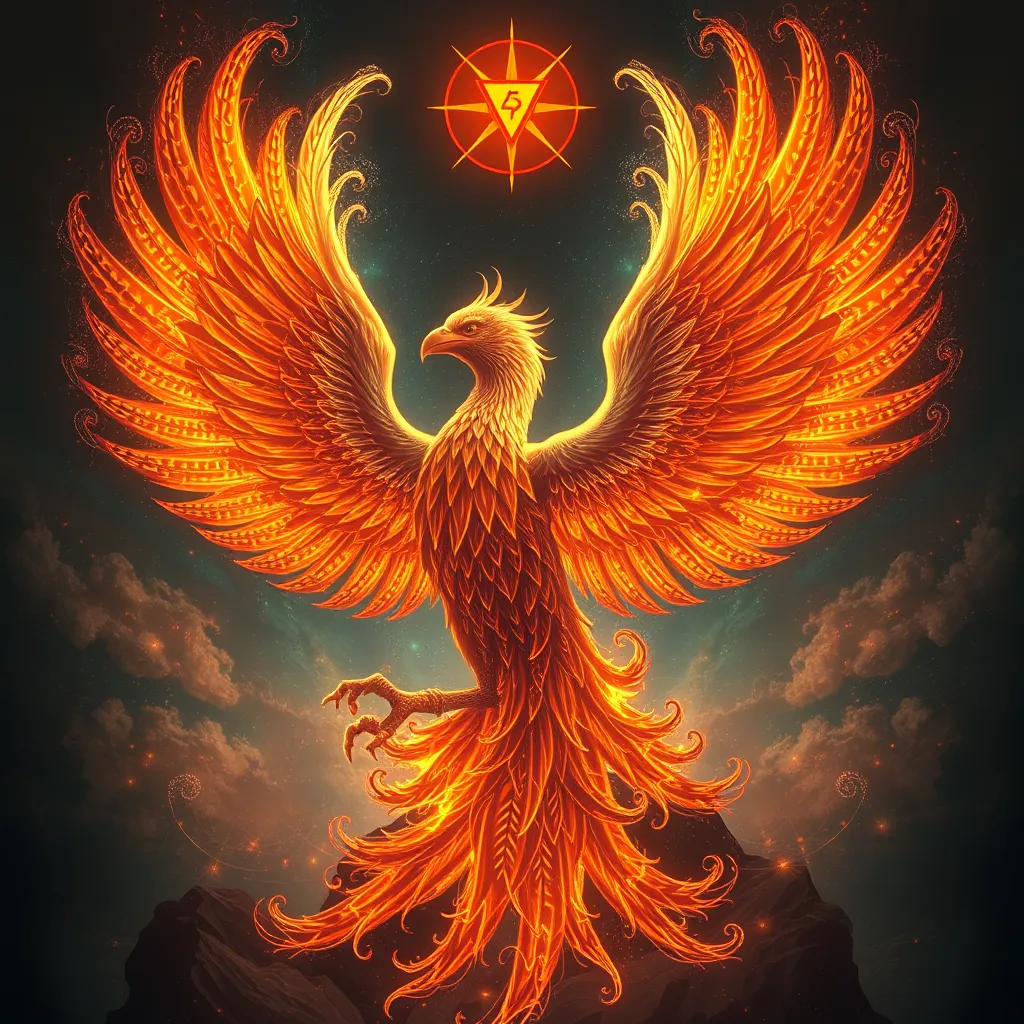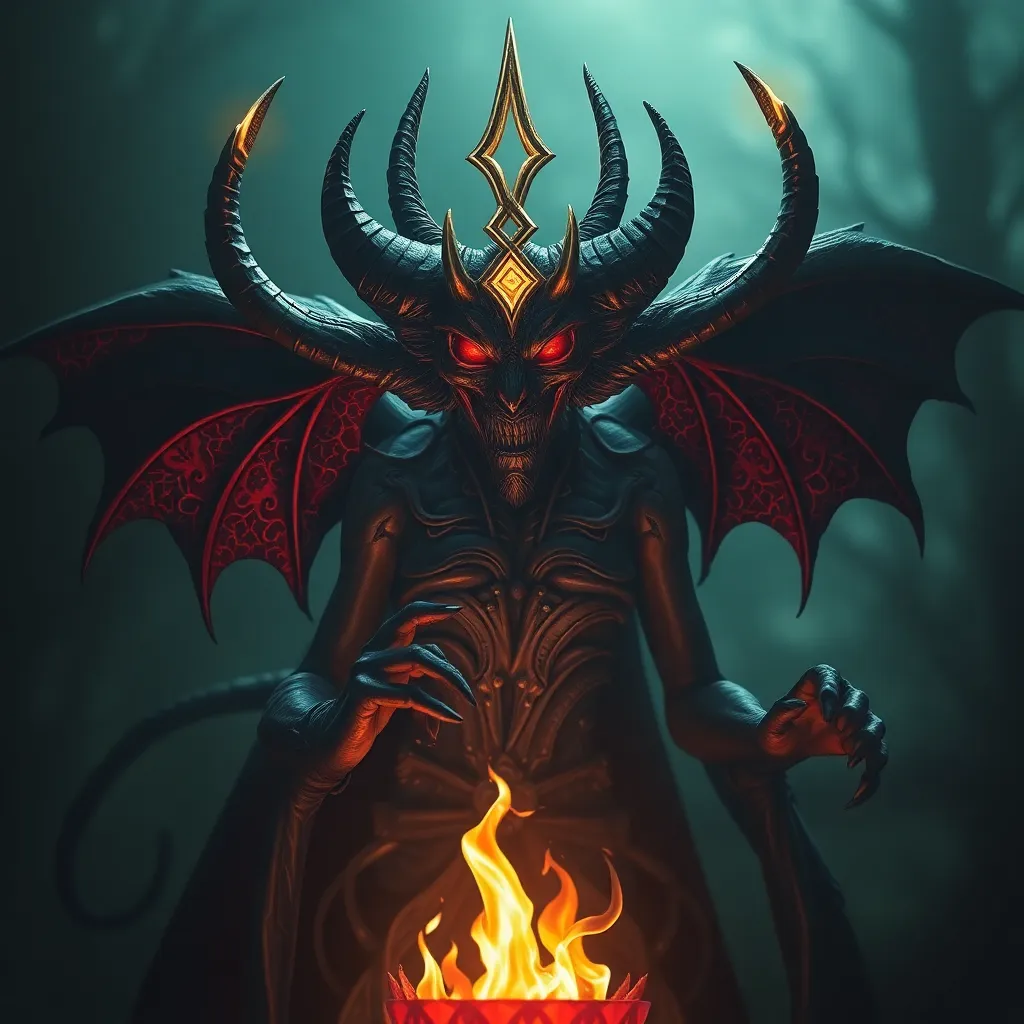Beyond the Gaze: The Basilisk’s Toxins and Other Powers in Medieval European Tales
I. Introduction
The basilisk is one of the most intriguing creatures found in medieval folklore, a symbol of both fear and fascination. Often described as a serpent or a dragon, the basilisk’s legend has permeated various cultures, becoming a prominent figure in European mythology. This article aims to explore the multifaceted nature of the basilisk, examining its origins, powers, and the rich tapestry of stories that have evolved around it over centuries.
II. The Legend of the Basilisk
A. Origins of the basilisk myth
The origins of the basilisk myth can be traced back to ancient texts, particularly those from Greek and Roman antiquity. The term “basilisk” comes from the Greek word “basiliskos,” meaning “little king,” a reference to its regal and fearsome nature. It was believed that the basilisk could kill with its gaze, and tales of its deadly powers spread throughout Europe during the Middle Ages.
B. Description of the basilisk: appearance and characteristics
Typically, the basilisk is depicted as a serpent with a crown-like crest on its head, often possessing the ability to breathe fire. Its eyes are said to be mesmerizing and lethal, capable of turning any living creature to stone or causing instant death. The basilisk’s appearance varies across different accounts, but it is universally regarded as a creature of immense power and danger.
C. Historical sources and accounts of the basilisk
Numerous historical texts reference the basilisk, including the writings of Pliny the Elder in “Natural History,” where he describes the creature’s fearsome abilities. Other notable mentions can be found in medieval bestiaries, which cataloged various mythical creatures and their attributes, contributing to the basilisk’s enduring legacy.
III. The Basilisk’s Gaze: Symbolism and Interpretation
A. The lethal gaze: a metaphor for fear and power
The basilisk’s gaze has often been interpreted as a metaphor for fear and power, representing the dangers that lurk in the unknown. Its ability to kill with a mere look embodies the fears of the medieval populace regarding death and the supernatural.
B. Cultural interpretations of the basilisk’s stare
In various cultures, the basilisk’s gaze has been associated with the concept of the “evil eye,” a belief that certain individuals possess the ability to cause harm through their stare. This cultural interpretation highlights the basilisk’s role as a symbol of malevolence and the darker aspects of human nature.
C. Comparison with other mythical creatures with deadly gazes
- Medusa: The Gorgon from Greek mythology, whose gaze turns people to stone.
- The Cockatrice: A creature often confused with the basilisk, capable of killing with its stare.
- Chimera: A monstrous fire-breathing creature with various animal traits, often seen as a harbinger of death.
IV. The Toxins of the Basilisk
A. Nature of the basilisk’s venom and its effects
The basilisk is not only feared for its lethal gaze but also for its potent venom, which is said to be capable of killing or causing severe illness. The toxin is often described as corrosive, inflicting pain and suffering on its victims, adding another layer to the creature’s terrifying reputation.
B. Historical remedies and antidotes in medieval texts
Medieval texts frequently mention various remedies and antidotes to combat the basilisk’s venom. Some of these remedies included:
- Using the blood of the basilisk itself, believed to have curative properties.
- Herbal concoctions made from plants like rue and wormwood.
- Magical incantations or rituals performed by wise women or healers.
C. The role of toxins in the basilisk’s narrative
The presence of toxins in the basilisk’s narrative serves to enhance its image as a creature of destruction. The idea that one could be harmed by both the gaze and the venom adds complexity to the basilisk’s character, making it a multi-faceted symbol of danger.
V. The Basilisk in Medieval Literature
A. Prominent literary works featuring the basilisk
The basilisk has appeared in various literary works throughout history, such as:
- Geoffrey Chaucer’s “The Canterbury Tales”
- John Milton’s “Paradise Lost”
- The “Physiologus,” a medieval bestiary that describes various creatures and their moral lessons.
B. Analysis of the basilisk’s role in these narratives
In these stories, the basilisk often serves as a symbol of evil or a challenge to be overcome. Its presence can signify the struggle between good and evil, and the eventual triumph over darkness, reflecting the moral and ethical dilemmas faced by characters in these tales.
C. Influence of the basilisk on contemporary literature and media
The basilisk’s legacy continues to influence contemporary literature, appearing in fantasy novels, films, and video games. Its depiction often evolves, showcasing both its fearsome nature and its potential for redemption or transformation, thereby keeping the myth alive in modern storytelling.
VI. Other Powers and Abilities Attributed to the Basilisk
A. The basilisk as a creature of both destruction and protection
Interestingly, the basilisk is not solely a creature of destruction. In some tales, it is also seen as a protector, guarding treasures or sacred places. This duality adds depth to its character, making it a complex figure in folklore.
B. Powers of regeneration and healing associated with the basilisk
Some legends attribute regenerative powers to the basilisk, suggesting that its blood could heal ailments, further complicating its role as a symbol of both life and death.
C. The duality of the basilisk in medieval tales
This duality is significant in understanding the basilisk’s place in medieval narratives, as it reflects the society’s ambivalence towards the concepts of good and evil, creation and destruction.
VII. The Basilisk’s Legacy in Folklore and Modern Culture
A. The basilisk’s impact on contemporary fantasy and horror genres
The basilisk has left an indelible mark on contemporary fantasy and horror genres. Its characteristics can be found in various modern monsters and supernatural beings, demonstrating its lasting influence on storytelling.
B. Modern interpretations and adaptations of the basilisk myth
Contemporary adaptations of the basilisk vary widely, from fearsome beasts in fantasy literature to more sympathetic portrayals in films. These interpretations often explore themes of transformation, redemption, and the struggle between light and darkness.
C. The enduring fascination with the basilisk in popular culture
The basilisk’s enduring fascination is evident in its frequent appearances in popular culture, from movies and television shows to video games. This ongoing interest highlights the creature’s versatility as a symbol of fear, power, and the unknown.
VIII. Conclusion
A. Summary of the basilisk’s significance in medieval tales
The basilisk stands as a powerful symbol in medieval tales, embodying the fears and anxieties of the time. Its lethal gaze and potent toxins serve as metaphors for the dangers that lurk in the world, while its dual nature as both a creature of destruction and protection reflects the complexities of good and evil.
B. Reflection on the complexities of the basilisk’s character
Through its various portrayals, the basilisk reveals the complexities of human nature and the moral dilemmas faced in life. It challenges the boundaries between life and death, good and evil, and the transformative power of fear.
C. Final thoughts on the relevance of the basilisk in today’s storytelling
As we continue to explore the world of storytelling, the basilisk remains a relevant figure, reminding us of our fears, our aspirations, and the enduring power of myth in shaping our understanding of the human experience.



